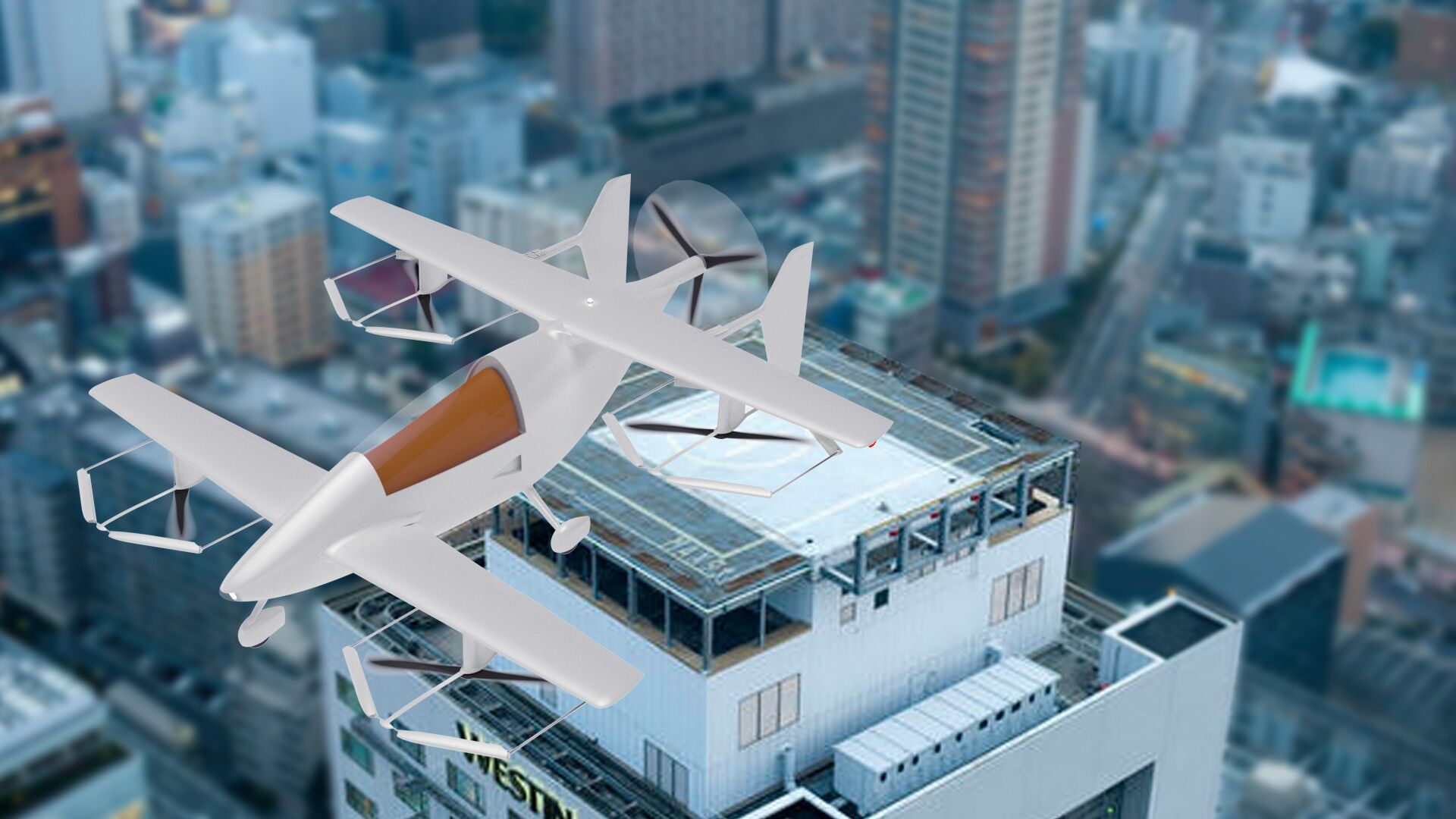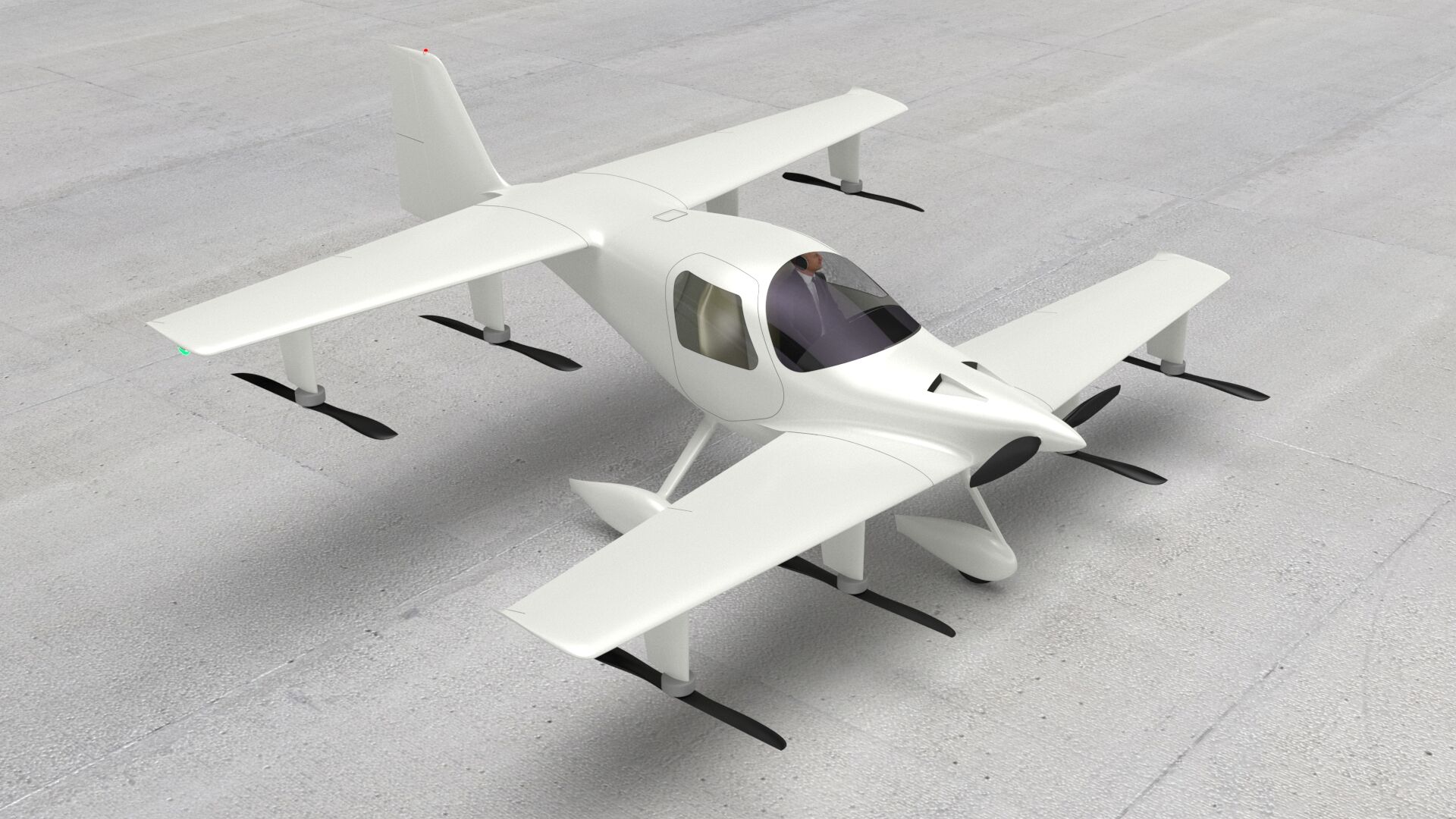In the summer of 2017 it became finally clear that the world race began to create autonomous aircraft with vertical takeoff and landing. The chief designer of the project Flyter (Flyter) Solodovnikov Yuri decided to participate in this race. At first, as in the creative exercise, Yuri was looking for the original scheme of the aircraft, which would differ from those already presented, and at the same time, would have advantages over them.
The first schemes and concepts were both original and scary. Approximately by the 12th iteration, the concept of an aircraft began to emerge, with which one could get involved in the world race in earnest.
In February 2018, the project started. We began to combine iterations on the search scheme with research experiments. Thanks to the aerodynamic effect we discovered, which we called “flyt”, the name of the project “Flyter” appeared. As a result, in April 2018, at 15 iterations, we finally decided on the scheme and concept.
In May 2018, the avant-project of an aircraft with a payload mass of up to 120 kg was prepared, which was called PAC VTOL 420-120 (Perspective aviation complex of vertical take-off / landing with a take-off weight of 420 kg and a payload mass of 120 kg).

The aircraft is modular - depending on the module settings, it can be: an unmanned truck, a passenger taxi piloted by an airplane.
Unlike most similar startups, we primarily develop not aerial taxi for the city, but a cargo drone that will allow us to connect remote regions of Russia. Therefore, the basic version of our Flyter is a device with a hybrid power plant, allowing you to fly a distance of up to 900 km. The electric version will be able to fly 150-165 km.
In October 2018, the startup finally came to the public plane-we published a video with the PAC VTOL 420-120 and launched the project website.
At the same time, we continued to work on the PAC VTOL 420-120. In particular, it turned out that the market has some difficulties with light four-stroke engines for this size of the aircraft. In part, therefore, we have engaged in a more detailed study of the line of aircraft with a greater payload mass.
At the end of 2018, we finished the preliminary design of PAC VTOL 720-200. As a result, we have a concept of a universal aircraft, which can be not only a relatively complex unmanned delivery system with vertical take-off and landing, but also a conventional manned aircraft LSA class.

Now the project Flyter is a classic technology startup. In order for it to take off, you need employees in a team, investment and relatively little time to complete the design and produce a prototype.
Our concept is based on simplicity and economy. According to our calculations, when flying with a full load at a distance of 400 km, we can provide the cost of transportation for the PAC VTOL 420-120 will be about 0.52 $/kg, and for the PAC VTOL 720-200 about 0.40 $/kg.